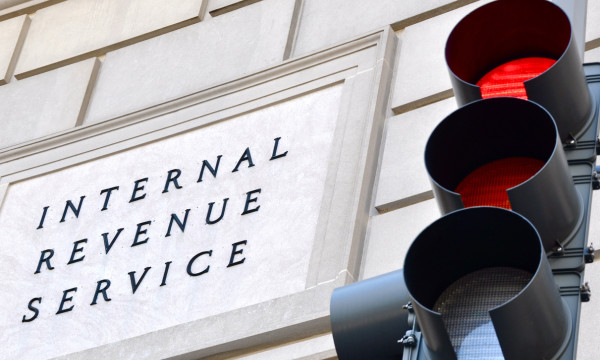Working remotely? Consider more ACH electronic payments

Many organizations have been working remotely for over a year now. That means we’ve adapted to a new way of doing business, and we’ve learned that we’re awfully resilient — and smarter than we gave ourselves credit for. Whether your business is looking at remote working for the long haul or planning a return to the office soon, you’ll likely continue to employ the methods that work to maximize workforce, efficiency, and security. One example of this commerce trifecta is the increased use of ACH (automated clearing house network) payments, which offer a big payoff for considerably less effort.
Pre-pandemic, many businesses simply accepted the process of writing and mailing paper checks as a cumbersome but necessary function of doing business. But when partners and suppliers suddenly began operating remotely, no one was left in the office to collect the mail. The paper check became an impediment to paying bills and managing cash flow — not to mention the risk of lost mail. We had all the overhead cost of paper checks and postage with no benefit.
Businesses of all sizes have found the option to pay via ACH to be their saving grace. And because this automated method of payment is faster, easier, and more secure, it seems like a better long-term option, too.
There are two methods for ACH payment. We’ll run through them here, along with some tips for using both safely and effectively.
A faster, more secure way to pay
The first method of ACH payment is ACH credit, in which a payment is made by your business to your vendor’s bank. Whether it’s called direct deposit, direct pay, EFT (electronic funds transfer), or electronic check, ACH payments are a convenient, low-cost, and secure payment option.
For a business that is already set up for ACH, there are several ways to add vendor payments:
- Check the vendor’s website for ACH payment instructions
- Review your original contract with the vendor for their ACH payment instructions
- Check your invoice to see if the vendor has listed ACH options
- Call your vendor’s billing department to obtain their banking information
A convenient, cost-effective way to get paid
The other method of ACH payment is ACH debit, in which you have obtained permission from your customer to withdraw or “pull” funds from their bank account. Direct payment is a convenient, cost-effective alternative to check or card payments.
Here are some best practices to follow as you set up ACH debit:
- Contact your vendor to authorize either a one-time payment or recurring payments
- Consider establishing a separate account for this purpose to protect your primary account
- Consider using Business Bill Pay or a third-party bill pay service to maintain vendor information and route ACH payments
While some businesses may be hesitant to provide their account information, it’s only provided once to establish ACH payments, as opposed to exposing it repeatedly each time a paper check is written. Checks can also get lost or stolen, while ACH payments move money quickly and securely between accounts.
If a payment error does occur, a business can adopt one of several available safeguards, such as notifying the bank ASAP to dispute a payment and complete a return, or adding Positive Pay services to ensure specific payments are pre-authorized and others are monitored or even reversed automatically.
Whether you’re still working remotely or are back in the office, ACH payments offer a safer, cheaper, more efficient, and more secure way to do business. The best thing you can do, as you discover the convenience of ACH, is to share with your customers. By promoting ACH as your preferred payment option, you’ll be able to make a nearly seamless transition to effectively managing payments — both now and as you ease in to your new normal.
P.S. We got some of these great tips from Nacha — you can read their article here.
Learning Center articles, guides, blogs, podcasts, and videos are for informational purposes only and are not an advertisement for a product or service. The accuracy and completeness is not guaranteed and does not constitute legal or tax advice. Please consult with your own tax, legal, and financial advisors.





